Learning calligraphy is not enough except mastering the correct posture of holding a pen, sitting posture, and basic skills of wrist movement. To learn calligraphy well, everyone must master the method of using a pen. Using a pen is also called pen handling or brushwork. Zhao Mengfu, one of the four masters of regular script, once said: Calligraphy is based on the use of the brush. The stipple shapes of calligraphy are directly produced by the use of the brush. Learning to use the brush is equivalent to mastering the key to calligraphy.
Start writing, move writing, close writing
Starting, moving, and closing refers to the entire process of writing a dot stroke. Writing any stipple painting must go through three stages: starting the stroke, extending the stroke, and finishing the stroke. When you start writing, you should start "against the front", that is, start writing against the front. If you want to go right, go left, and if you want to go down, go up. Even when writing a stippling stroke, one must take advantage of the situation and start writing. Like a long jumper who wants to advance before retreating, like a boxer who wants to stretch before retracting. The writing must be "astringent", which means that the writer artificially creates a force that hinders the movement of the pen, and at the same time must overcome this force and move forward. If the edge floats on the paper and passes by, the ink will not enter the paper and the stippling will be ineffective. The pen should be closed "tightly", that is, the pen should be closed with a sharp edge, which means that the pen must be closed when it is gone. The ancients said, "The beauty of a stroke lies in its beginning and end. If the beginning and end are appropriate, the painting will be beautiful."
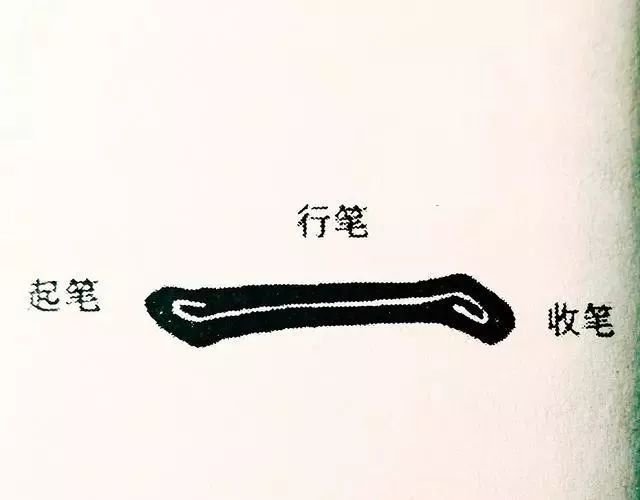
Lift pen, press pen
The stipple lines written with the pen are relatively thin and even. The stipple lines written by the pen are thicker. Use the pen to press when you press, and when you press, you press. When you press, you press. When you press, you press. The changes in this kind of brushwork are rapid, continuous and alternating, and the movements are very subtle. If you make good use of the stippling technique, the stipples you write will be distinct, lively, rhythmic, and full of spirituality.
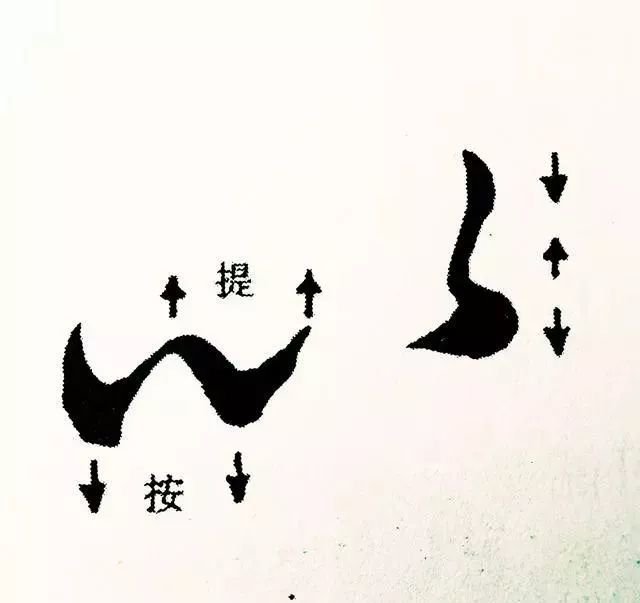
Turn pen, fold pen
Turning the pen means that at the turning point of starting, extending or closing the pen, the pen does not stop, the force is even, and the pen turns with the trend. Write round and powerful stippling without square edges or corners. Folding the pen means that at the turning point of starting, moving or closing the pen, the pen should be folded to produce square, strong and angular stipples. Turn to make a circle, fold to make a square. The brush must have a subtle turning point, and the dot painting should be both square and circular.
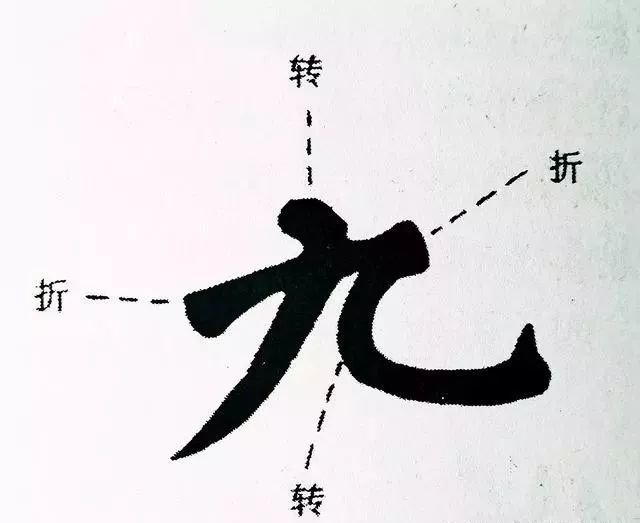
center, wing
Center-point, also called Zheng-feng, refers to a movement method in which the tip of the pen is in the center of the dots. The ink spreads evenly, and the dots written are round and solid, with a three-dimensional feel. This style of writing is often used in seal script and regular script. The side edge is also called the stippling edge, which means that when writing, the tip of the pen is biased to one side of the stipples. The stipples written are colorful and full of changes. This style of writing is common in cursive works. Centers and wings should be used alternately. Without wingers, there is no center.
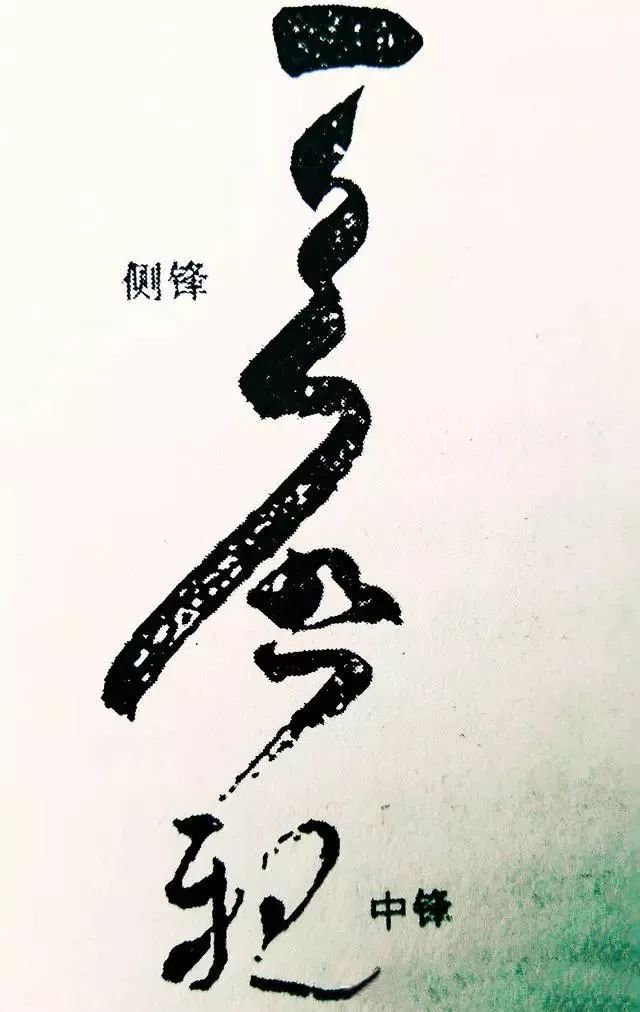
Zang Feng, Lu Feng
Hidden Feng means that the head and tail of the stipples are hidden and the brush tip is not exposed. The brush tip is hidden in the stipples. When using a pen to hide the edge, you must pay attention to the pen barrel being straight. As the saying goes: if the pen is straight, the edge is hidden. Hiding the front to contain its energy gives people a feeling of spiritual connotation. Exposed edge means that the edge of the dot strokes is exposed. The ends of strokes such as strokes such as skimming, napping, and hooking are all exposed. Showing the front to indulge its spirit gives people a feeling of spiritual exposure. To hide and expose the front, you must use the right method, hide it when it needs to be hidden, and reveal it when it needs to be exposed. Hidden skillfully and exposed appropriately, the strokes written in this way will be round, strong, full and full of life.
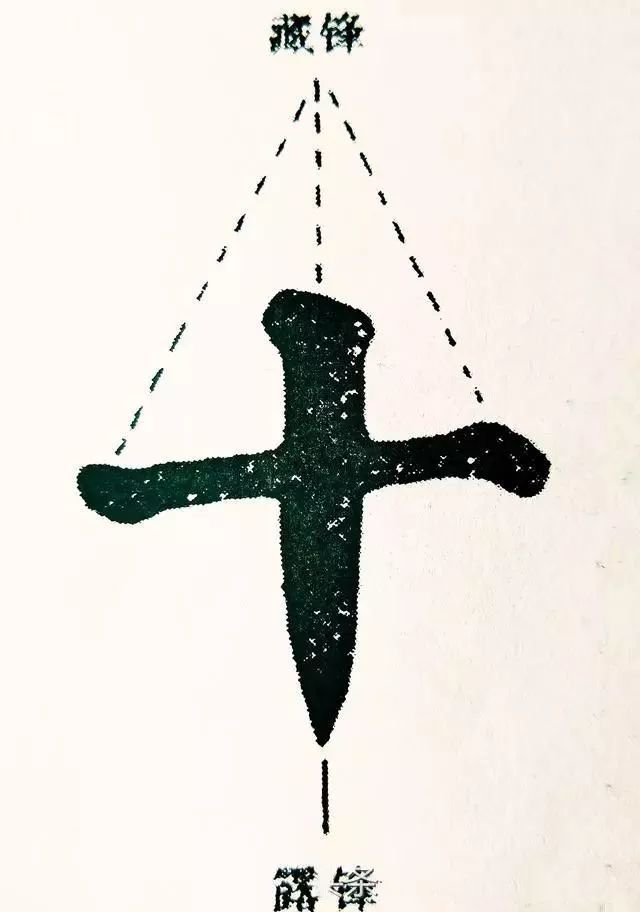
When you first learn how to use a pen, you can first do a single basic movement training in isolation, and then combine these brushwork movements to gradually enrich your brushwork. It is precisely because of the richness and complexity of brushwork movements. Only then can the stipple lines and postures be varied. If you can use these calligraphy techniques directly, sideways, reversely, smoothly, lightly, heavily, practically, and imaginatively, you will be able to capture concentration, verticality, tightness, and expansion. You will definitely be able to write powerful, dynamic and vibrant strokes.








